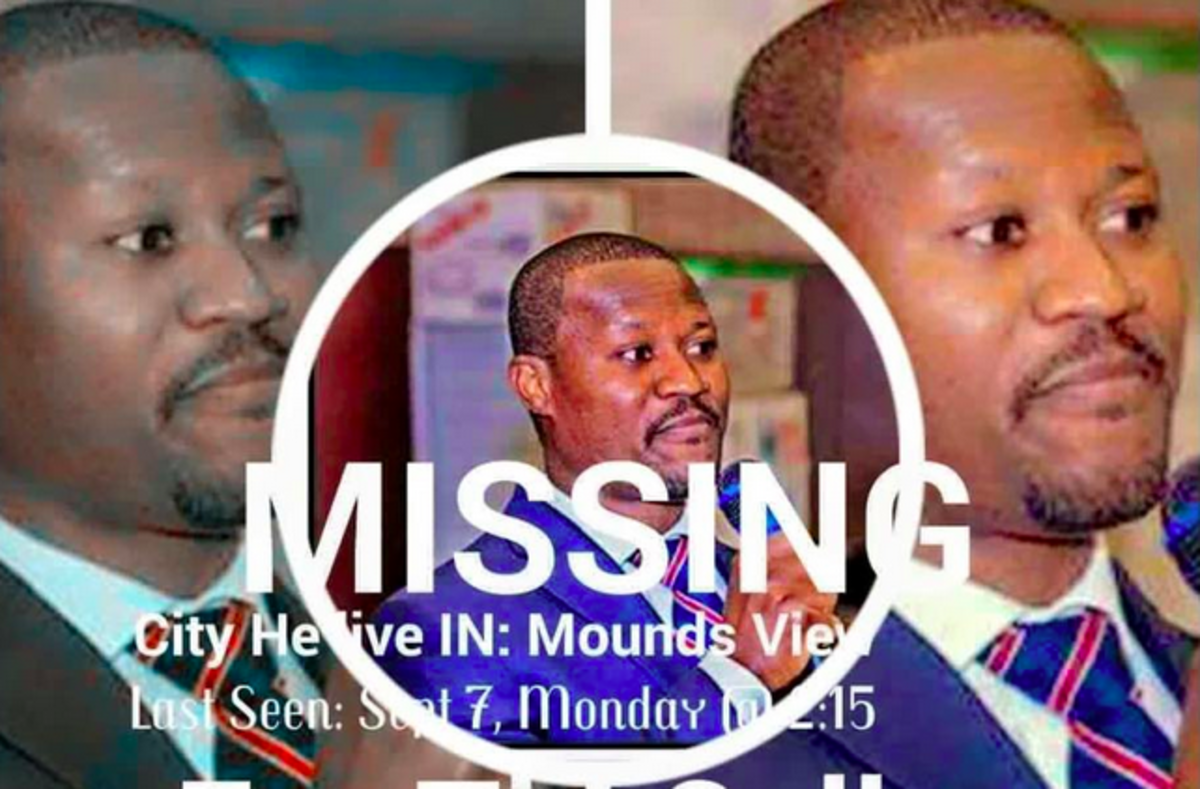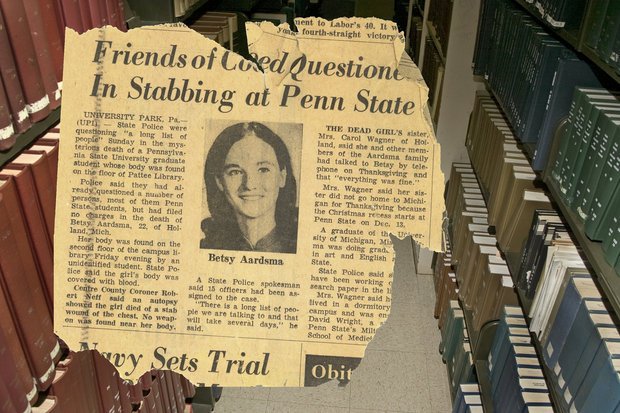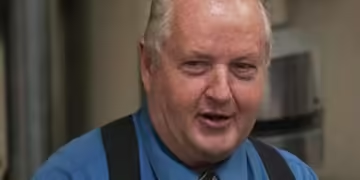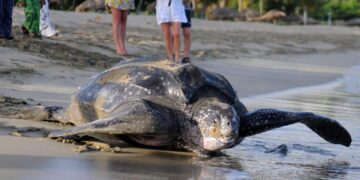The Amundsen-Scott South Pole Station is one of the most remote and hard-to-reach places in the world – an almost perfect place to get away with murder.
This story is about Dr. Rodney Marks, a 32-year-old astrophysicist who mysteriously died at the south pole with more questions than answers for the investigators.

Page Contents
The Series Of Events Leading Up To The Death Of Dr. Rodney Marks:
In the evening of May 11, 2000, Marks started to feel strange while waking from the research building in the Amundsen-Scott South Pole Station to the main base.
He knew this wasn’t your usual strangeness that comes with the 24-hour nights in Antarctica or the -80 degree temperature either. Apparently, he was experiencing weakness and struggling to breathe.
So, Marks decided that turning in early and sleeping it off, hoping it would help get rid of the weakness.
However, what he found was that his problems only got worse after going to sleep. By 5:30 am the next day, he was vomiting blood.
Marks went to Robert Thompson, the station’s doctor three times over the day as his symptoms got worse.
According to the reports, he was experiencing joint and stomach pains. He was also exhibiting photosensitivity, requiring that he wear sunglasses, even in a place with the 24-hour night.
Along with the deteriorating physical health, his mental facilities were also weakening. The mental strain and anxiety are not unusual for those at the south pole as it can be quite stressful to be cooped up there with no sunlight for months on end.
This is also why the doctor gave Marks an antipsychotic injection to help him relax on his third visit. Marks visibly relaxed with slower breathing as he lied down.
However, soon after getting the injection, he went into cardiac arrest. The doctor tried to resuscitate him for over 45 minutes, but Thompson eventually declared Marks dead at 6:45 pm on May 12, 2000.
However, Thompson and the other 48 people living on the base had a new problem – What to do with Marks’ dead body?
The problem was that it was a time of the year that planes weren’t able to land due to it being too cold. So, returning Marks’ remains for investigation would take months and years.
Hence, the south pole seems to be a perfect place for murdering someone with no risk of getting caught?
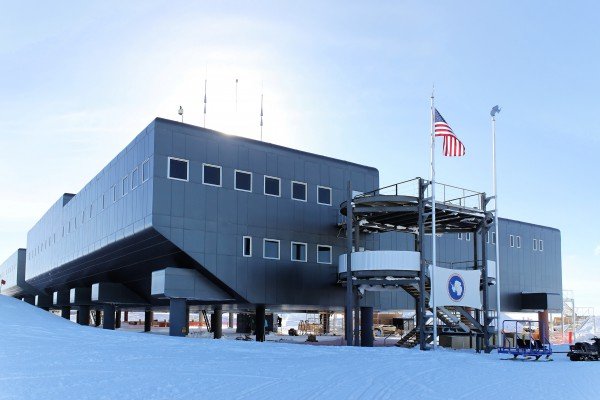
Are Crimes Common In Antarctica?
Well, there are crimes committed in Antarctica, but these are very rare.
In fact, to date, only a few crimes have been recorded to have occurred, most because of mental health problems. However, more accidents happen which can be fatal, especially in such a harsh environment.
Some of the recent crimes and accidents include:
- One scientist was rumored to have snapped and killed his opponent with an ax after losing a chess match in 1959.
- Three scientists died after their Muskeg tractor plunged into a crevasse in 1965
- Casey Jones died while trying o clear snow from the fan room shaft after the snow collapsed and crushed him in 1980.
- A Russian scientist allegedly stabbed another person due to a nervous breakdown in 2018.
Such crimes are part of the South Pole package as the harsh environment, cramped living quarters, and seeing the same people for months can be stressful.
According to Peter Suedfeld, a psychologist at the University of British Columbia, “You’re far away from home. You’re far away from the people that form your normal social network. You’re isolated with a group of people you didn’t choose.”
A study has also proven that people are more likely to react violently and show aggressive behavior if their circadian cycles are disrupted. This is the body’s biological system to differentiate night and day which gets disrupted due to the 24-hour day or night in the South Pole.
On this note, Suedfeld says, “Because of the environment, people do get irritable, sensitive, maybe quicker to take offense at something that wasn’t meant to be offensive. I think it’s fascinating that there hasn’t been more violence in Antarctica.”
Did Marks Adjust Well To The Harsh South Pole Environment?
Before Marks joined the Antarctic Submillimeter Telescope and Remote Observatory project in 1999, he had already done one tour from 1997 to 1998.
According to a colleague on his first trip, Dr. Chris Martin, “Rodney liked it so much he wanted to go back again.”
While in Antarctica, Marks was not isolated and lonely either. He had joined the base band, Fannypack, and the Big Nancy Boys. He was also dating maintenance specialist Sonja Wolter, whom he planned to marry.
Marks had many friends at the south pole because of his friendly personality and bohemian swagger.
Fellow Australian and friend, Darryn Schneider, described Marks in a blog post: “His dry wit was sometimes misinterpreted here by the people not used to it. This is where his considerate nature and his kindness would come out. I saw him numerous times make amends in a very nice way for these misunderstandings. He would also say or do something kind for someone having a hard time in general.”
The Disturbing Verdict Of The Autopsy:
While Robert Thompson is a trained doctor, it wasn’t his job to perform Marks’ autopsy. So, the others made a casket and lowered Marks’ body into it and laid him to temporary rest in the storage space for the base. This helped preserve his remains until someone could get him back to Australia.
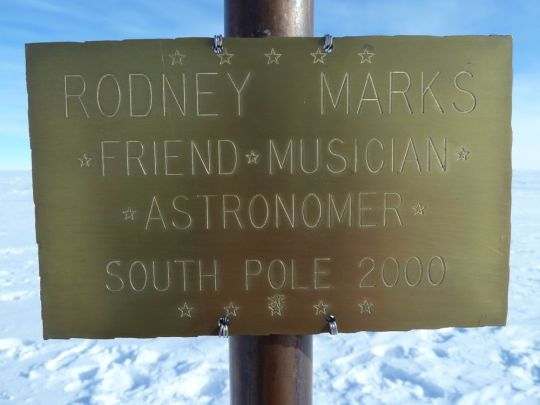
A plane finally transferred the remains to Christchurch, New Zealand, on October 30, 2000. There, Dr. Martin Sage, a forensic pathologist, was tasked to do the autopsy.
However, Martin found a disturbing and surprising verdict in the Marks death. He discovered that Marks was poisoned.
The poison used was Methanol which is sweet and colorless. Its commonly used to clean scientific equipment, but even a small amount of it can be toxic when ingested.
However, the autopsy revealed that Marks had ingested around 150 mg of the toxin, a fatal dose.
This led the conclusion to be that either accidentally drank the toxic alcohol, committed suicide, or was murdered.
When his colleagues found out this fact, they were all shocked in thinking that they would have spent an additional six months with a killer.
As for Marks’ poisoning himself, none of his colleagues thought this was possible. After all, he had several friends as well as his girlfriend, Wolter.
A Stonewalled Investigation:
Investigating any crime in Antarctica can be difficult due to it not being under a single jurisdiction. In fact, 54 nations have signed the treaty to govern Antarctica.
Marks died in the territory of Ross Dependency which is claimed by New Zealand. However, he was from Australia and was at the South Pole to work for an American station.
So, while Martin started his autopsy in 2000, the investigation itself took years to complete.
Detective Senior Sergeant Grant Wormald conducted this investigation.
He found four potential causes of death:
- He drank it accidentally
- It was for recreational use to get high but ended up overdosing
- He committed suicide
- His drink was spiked without his knowledge
Looking at the different causes as well as the circumstances, suicide or accidental overdose were ruled out.
Wormald stated, “In my view it is most likely Dr. Marks ingested the methanol unknowingly.”
That said, Wormald was not able to find out how Marks ended up ingesting the poison.
A report in The New Zealand Herald questioned Robert Thompson’s treatment of Marks in those final hours.
According to William Silva, a physician in another Antarctic station, Thompson had access to an Ektachem blood analyzer. This machine is said to be able to detect dangerous doses of Methanol in the body.
However, on the day Marks got sick, the machine had previously run out of battery. He could have restarted it, but it would have required him to recalibrate the device which would take 8-10 hours.
Thompson admitted to the fact that he didn’t use the machine because there wasn’t enough time. Silva also countered Thompson’s claim that the device is difficult to use, to which he never replied.
In fact, after this, Thompson seems to have dropped off the face of the earth.
Wormald also tried to get the cooperation of the National Science Foundation (NSF) in the US to get the reports from Marks’ death.
However, the NSF wasn’t cooperative and ignored his requests to see the lab results. Eventually, his persistence paid off when the NSF agreed to send a questionnaire to the 49 crew that was stationed with Marks.
However, only thirteen out of the forty-nine questionnaires were answered.

The Mystery Remains:
In the end, there was no new evidence or leads that could help conclude this case. So, it was to no one’s surprise when the investigation was terminated in 2008 with an inconclusive conclusion by coroner Richard McElrea.
In the report, McElrea stated, “I respectively [sic] disagree that accidental poisoning and even foul play can be adequately disregarded without a full and proper investigation.”
Unfortunately for Dr. Rodney Marks, his death remains one of the few mysteries of the South Pole that may never be solved.





